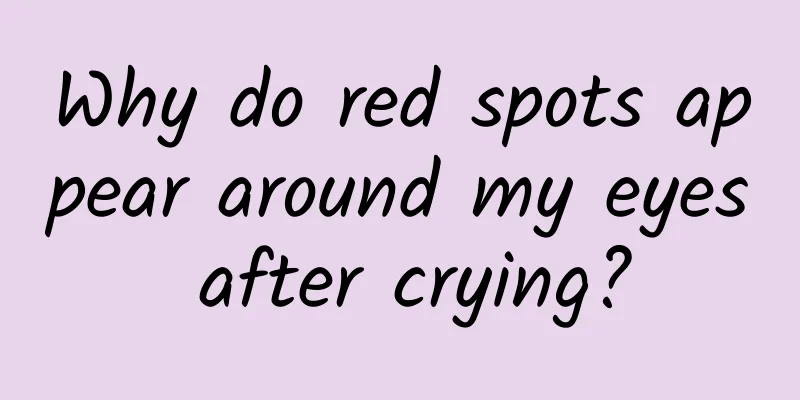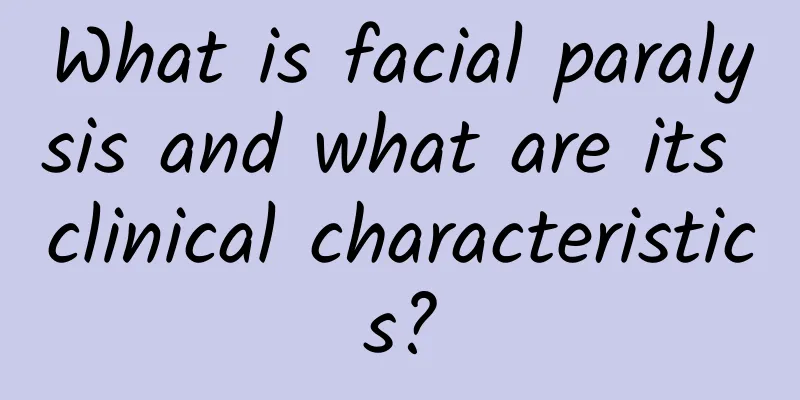Symptoms of mycoplasma infection

|
Colds caused by mycoplasma are quite common in life, especially for children. They often cause symptoms of cold and cough. More serious cases can also cause mycoplasma pneumonia. At this time, the baby will have headache, fever, chills, and cough symptoms, which will cause general discomfort and loss of appetite. More serious cases can also have adverse effects on other organs and tissues, so it is necessary to treat it in time. Symptoms of mycoplasma infection 1. Cough: In the early stage, children cough with little sputum and it is dry cough. Later, it gradually turns into a stubborn and severe cough accompanied by a small amount of mucous sputum, especially at night, which is a bit like whooping cough. Infants and young children present with wheezing and difficulty breathing. About 3%-10% of them can develop into mycoplasma pneumonia. Some children do not have obvious cough, but mainly have high fever, chills and sore throat symptoms. 2. Other organ diseases: Mycoplasma pneumoniae can also cause lesions in other systems and organs, such as measles-like rash, myalgia, migratory joint pain, liver function damage, hemolytic anemia, meningoencephalitis, myocarditis, pericarditis, nephritis, etc. Mycoplasma infection: Mycoplasma infection in children has very obvious characteristics. It is more common in older children, especially those over 3 years old, and less common in children under 1 year old; moderate fever, with body temperature mostly between 38-39℃; irritating cough, which is more severe and lasts for a long time, and is not effective in short-term treatment; wheezing almost never occurs. Bronchial asthma: Children with bronchial asthma sometimes cough violently, but they also wheeze at the same time. Some parents do not realize that their children are wheezing. On the one hand, they do not know what wheezing is. They only notice that their children seem to have a hissing sound in their throats or that their children always have phlegm that they cannot spit out. Some children are indeed atypical, and the doctor can only hear the wheezing at the end of exhalation through a stethoscope. This disease is more common in older children, but the incidence in infants and young children has increased year by year in recent years. The disease has an acute onset, severe condition, and a long course, with the main symptoms being difficulty breathing, wheezing, and wheezing. If your child has these symptoms, he or she should receive prompt treatment. |
<<: Why do men gain weight after marriage?
>>: How long does mycoplasma treatment take?
Recommend
What is genital varicose veins?
The phenomenon of genital varicose veins may be c...
Nasal polyps
Nasal polyps are a common type of polyp disease. ...
Can hair follicles regenerate?
Nowadays, more and more people are suffering from...
6 months pregnant vaginal pain
We attribute the vaginal pain of ordinary women t...
Cryotherapy for hair loss
People often see men without hair, and they are b...
Can I bend over if I have a herniated disc?
You can bend over after suffering from lumbar dis...
Moxibustion which acupoints to lose weight
If you want to reasonably adjust your body shape ...
What causes facial paralysis? How to treat it?
Facial paralysis is a disease caused by facial ner...
What to do if granulation grows after hemorrhoid surgery
Hemorrhoid surgery is a surgery performed to trea...
The efficacy and function of pointed shellfish
Many people are familiar with Jianbei. Usually, w...
Indications and contraindications for paracentesis
Many medical treatments can only treat correspond...
What to do if you have severe cough due to heart failure
If a patient with heart failure develops a severe...
Treatment of dizziness caused by cervical spondylosis, common treatment methods
Do you have cervical spondylosis? Many office wor...
What to do if platelets don't coagulate
If platelets do not coagulate, there are many rea...
Methods of soothing the liver and regulating qi
In this fast-paced and extremely stressful life, ...









